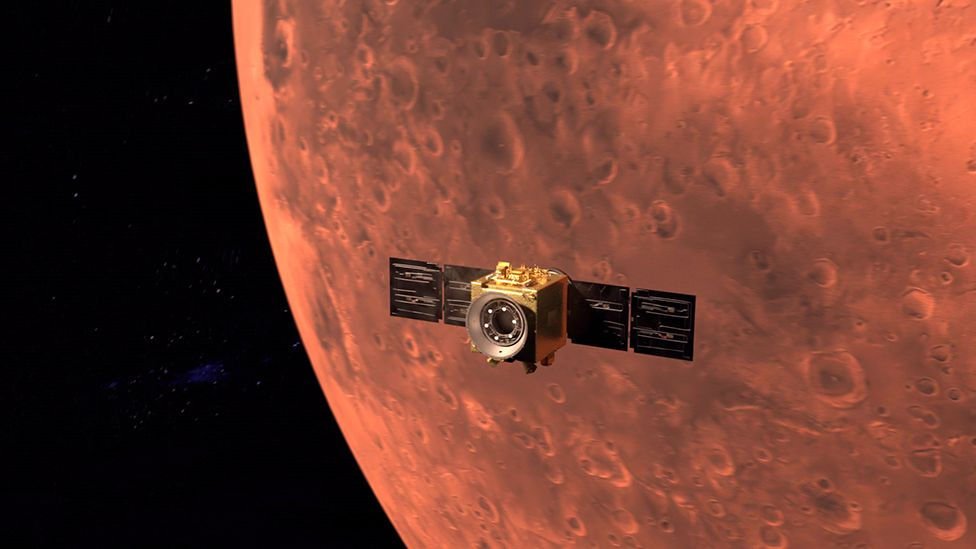Mars, the enigmatic Red Planet, has captivated the imagination of humanity for centuries. In recent years, a wave of exploration missions has unveiled the secrets of this neighboring world. From robotic rovers to ambitious plans for human colonization, the exploration of Mars has entered a new era, bringing us closer than ever to unraveling the mysteries of the Martian landscape.
Robotic Pioneers: Probing the Martian Surface
The exploration of Mars began with robotic pioneers designed to study the planet’s geology, atmosphere, and potential habitability. NASA’s Spirit and Opportunity rovers, launched in 2003, provided valuable insights into the Martian terrain, confirming the presence of ancient riverbeds and minerals that hinted at a watery past.
Curiosity Rover: A Mobile Laboratory
In 2012, NASA’s Curiosity rover touched down on Mars, equipped with advanced scientific instruments to analyze the Martian soil and rocks. Curiosity’s discoveries, including evidence of an ancient lake bed and complex organic molecules, have fueled excitement about the possibility of past microbial life on Mars.
Perseverance: The Search for Signs of Life
Launched in 2020, the Perseverance rover represents the next phase in Mars exploration. Its primary mission is to search for signs of ancient life and collect samples of Martian rock and regolith for potential return to Earth. Equipped with the Ingenuity helicopter, Perseverance is paving the way for aerial exploration of Mars, capturing stunning images of the Red Planet’s surface.
Ingenuity: Aerial Exploration of Mars
Ingenuity, the first helicopter to fly on another planet, has demonstrated the feasibility of powered flight in the thin Martian atmosphere. This technological marvel has expanded the range of exploration, allowing the rover to reach more remote and challenging terrains.
International Collaboration: Mars Missions Beyond Borders
Mars exploration is not limited to a single nation. The European Space Agency (ESA), alongside other international partners, has contributed to the ExoMars program. The upcoming joint NASA-ESA mission, scheduled for the next decade, aims to collect and return Martian samples, furthering our understanding of the planet’s history and potential for life.
Hope, Tianwen-1, and Beyond
Other nations have also joined the quest to explore Mars. The United Arab Emirates’ Hope probe and China’s Tianwen-1 mission have successfully entered orbit around the Red Planet, conducting comprehensive studies of its atmosphere and surface. These missions mark significant milestones in the global effort to unveil the mysteries of Mars.
Human Exploration on the Horizon
Beyond robotic missions, the dream of human exploration and eventual colonization of Mars is gaining momentum. SpaceX’s Starship, a fully reusable spacecraft designed for interplanetary travel, represents a bold step toward making humans a multiplanetary species.
Challenges of Human Exploration
However, the challenges of sending humans to Mars are formidable. The prolonged space journey, life support systems, and the harsh Martian environment pose significant hurdles that scientists and engineers are actively addressing.
Conclusion
Mars, once a distant and mysterious neighbor, is now within our reach. Robotic explorers continue to send back invaluable data, painting a detailed picture of the Martian landscape. With international collaboration and the prospect of human missions on the horizon, the Red Planet is at the forefront of our quest for knowledge and exploration. As we navigate the challenges and uncertainties, the unfolding story of Mars missions promises to be one of the most captivating chapters in the annals of space exploration.

